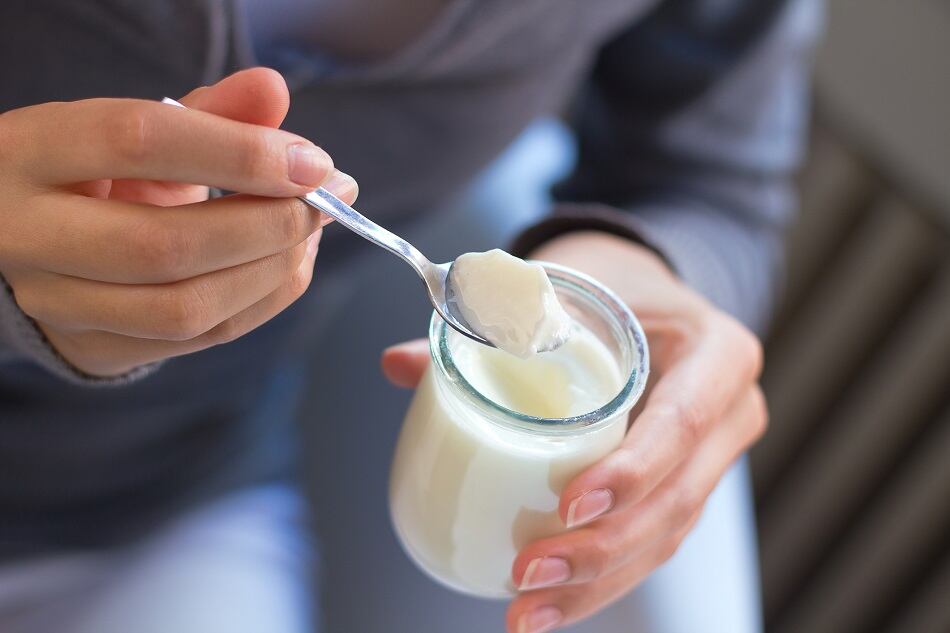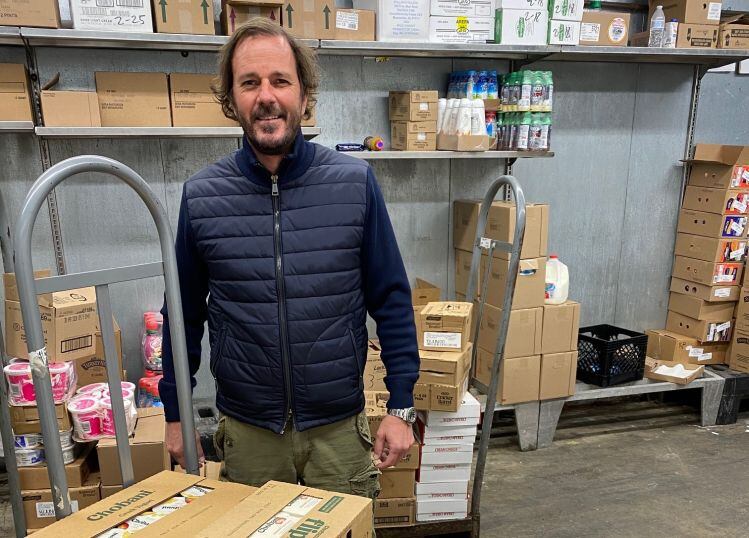With the debut of YO-MIX PRIME cultures, available in two types (800 and 900 versions), yogurt manufacturers can achieve consistent taste, texture, and quality throughout the average four- to six-week shelf-life of yogurt, claimed Collette Lentz, group manager, fresh fermented & cheese application, DuPont Nutrition & Biosciences.
Over those weeks sitting on the shelf, the pH of the yogurt can drop, creating a more acidic taste profile over time, a flavor many consumers may not particularly enjoy, she said.
"If you think about traditional yogurt products out on the market today, they can have a more acidic or acid note to them, and these [products using YO-MIX PRIME cultures] are much more mild, especially throughout the whole shelf life of the product. Whether you get it the day it hits the shelf or ten days later it won’t have a change in acidity, and then it also has very premium, thick-bodied texture," Lentz told FoodNavigator-USA.
As the pH drops, so too does the potency of any added probiotic cultures, according to Lentz.
The new yogurt cultures, she said, enable yogurts to "maintain their high counts throughout the shelf life of the product."
"The YO-MIX Prime overall is really for making your dream yogurt," she said.
“These cultures are really paving the way for the industry – meeting textural and taste desires of consumers, while offering opportunity to the manufacturers for lowering formulation costs and improving pH control,” commented Morten Boesen, global product line manager for dairy cultures at DuPont Nutrition & Biosciences.
Reduced costs and yogurt waste
Lentz added that the company's new cultures can also help yogurt manufacturers reduce formulation costs by reducing the amount of skimmed-milk powder added to boost the yogurt texture, and enable them to add less sugar while keeping the same sweetness perception. DuPont's YO-MIX PRIME yogurt cultures also ensure that product quality is maintained throughout the supply chain, where products may be subject to variations in temperature.
The new YO-MIX PRIME cultures also allow for more process flexibility and less yogurt loss between steps, said Lentz.
"For instance, in many yogurt plants, heat exchangers are used for cooling but require special cleaning attention between the different recipes, which can lead to yogurt loss. And you can bypass the cooling step with these cultures, leading to higher productivity with less yogurt losses in between the different recipes," she said.
Expanding eating and sensory occasions for yogurt
IRI reported during a webinar in late January that total household penetration of yogurt dropped to 84.2% in 2019 from 86.2% in 2015, and sales of total yogurt have dropped 1% from a year ago to $7.2bn.
The upgrade in creamy texture and thickness also enables yogurt manufacturers to explore more indulgent yogurt concepts helping to expand the US yogurt category into more eating occasions, said Lentz.
"Because it is so mild it actually has an increased sweetness perception, so you can reduce the amount of added sugar to the recipe, and that reinforces the healthy image of the yogurt.
"These cultures offer superior mouthfeel for drinking yogurts," she added.
According to Innova Market Insights, health remains a top priority for consumers when purchasing yogurt, while breakfast is still the number one eating occasion for yogurt.
However, consumer priorities are shifting, said Lu Ann Williams, director of innovation at Innova Market Insights.
“Convenient formats are now important for many consumers, while the rise of dinner usage suggests interest in more indulgent, dessert style yogurts,” she said.




